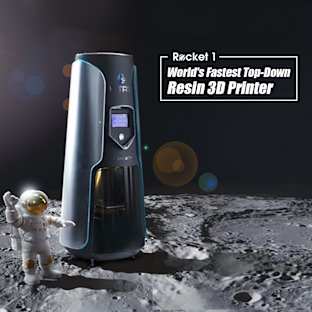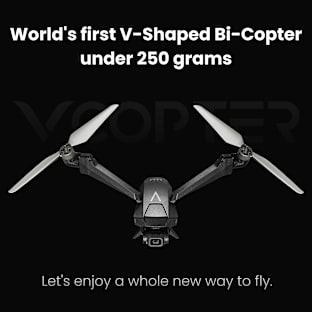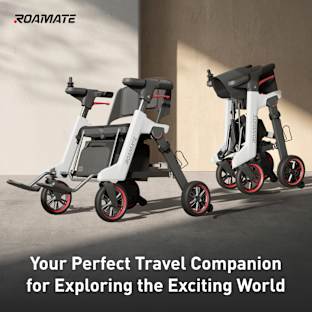Update 3: PiTouch is finished! All Indiegogo backers have had their PiTouches shipped to them. Relaunch is today (12/11/2014) on Kickstarter! http://www.PiTouch.co
Update 2: Injection molding tooling has been launched (see updates). Also, there have been some specification improvements (now 2 HDMI inputs, USB ports support 1.5A fast battery charging for portable devices, and the input voltage range has been increased to 5V-16V so that it can be used with portable 5V USB power packs).
Update: When it became apparent in early December that the campaign wasn't going to reach the goal, and after doing more research where it became clear that I could do a component buys of 100 and still get good part prices, I made the decision to self-fund the rest of the development as an exercise in learning about manufacturing in China. To that end, I hopped on a plane to Shenzhen on December 11th and have been here ever since (and will be until the project is done). When the development is finished, I will be relaunching a 30-day campaign on Kickstarter. The development is going extremely well, and other than some dimensions growing by a very small amount, the product aesthetics are almost exactly like the prototype. In terms of features, some things are significantly better than the prototype.
Missed the deadline to pre-order an HDMIPi? No problem! PiTouch has capacitive multi-touch for basically the same price for US residents (HDMIPi's base price didn't include an AC adaptor, stand, or shipping to the US).
Purpose
There is a need for a small, inexpensive touchscreen for the new generation of embedded computers (Raspberry Pi, BeagleBone Black, etc.) for use in creative projects, industrial machines (3-D printers, etc.), Internet kiosks, and any other application that requires a graphical touch interface. This project aims to provide a small, elegant, high-quality touchscreen display for an affordable price.
Background
This project originated from an LCD touchscreen kit that I was working on. Originally it wasn't going to have a case, because it seemed too hard to design an inexpensive stand (in terms of injection molding tooling charges), and what good is a monitor without a stand? But after seeing the Microsoft Surface's kickstand, it seemed like a good direction to go. So I spent a few days in Solidworks modelling up a case and kickstand, and got it 3-D printed on an Objet printer. After a few coats of lacquer & clearcoat and mounting all the connectors & switches, the case prototype was done. Next was the LCD - Currently the demo setup uses a Realtek-based HDMI to LVDS converter board to interface with the LCD. Finally the touchscreen - The FFC connector on the touch controller PCB was adapted to a USB cable using a breakout board. Currently, I am working on the schematics so that the PCB will be fully tested & debugged by the time the funding campaign is over.
Specifications
- 10 inch 1280 x 800 IPS LCD with Corning Gorilla Glass
- 2 HDMI Inputs with HDCP (Can play back video from all HDMI devices)
- 4-point multi-touch capacitive touchscreen with drivers for Raspberry Pi, Windows XP / 7 / 8, Mac, Linux
- Works with Raspberry Pi, BeagleBone Black, Windows, Mac, Linux, Xbox, PlayStation, Blu-Ray player, or anything else that outputs HDMI video
- Small, compact & elegant looking
- Built-in kickstand for desktop or kiosk use
- 100mm VESA mounts for wall-mounting
- 24-bit, 192kHz high-definition audio DAC with 3D stereo enhancement
- 2.4 watt Class-D amplified stereo speakers and Class-AB headphone amp
- Headphone jack that turns off the speakers when headphones are plugged in, allowing for quiet listening
- 3 port powered USB hub on allows for easy attachment of keyboards, mice, USB flash drives, etc. Supports Battery Charging Specification with up to 1.5 amps per USB port for fast charging of portable devices.
- BeagleBone Black can output audio via HDMI cable without needing to add a Sound Cape
- Wide range voltage input (5 volts to 16 volts DC) allows for direct connection to a USB power pack or car electrical system for use in a vehicle. A wall transformer is included in the price for home / office use.
Images
Case Renderings
![]()
![]()
Raspberry Pi
![]()
Mac
![]()
Rear Panel Connectors
![]()
Right Side Controls & Connectors
![]()
Left Side Headphone Jack
![]()
3-D Printed Case (cat not included)
![]()
Funding Goals
Mass-producing a new product from scratch involves some very significant NRE (non-recurring engineering) charges, even when all the engineering is handled by only one person taking no salary. Here are some of the estimated expenses:
$10k – Injection molding tooling charges
$2-4k – Electromagnetic compatibility (EMC) testing
$1k – Prototype PCBs & tooling charges for production PCBs
$20k – Shipping (for 1000 units)
Also, obtaining components (including the LCD & touchscreen) at decent prices requires significant quantity purchases (~1000). Therefore, the goal for this project has been set at $100k, since that appears to be the minimum amount for this project to break-even.
Scheduling
The goal is to start shipping units in February 2014. This is an aggressive goal, therefore to reduce the risks of schedule slippage, significant engineering of both the electrical / mechanical subsystems and supply chain will be conducted during the month-long funding campaign so that the project can hit the ground running . Specifically, the goals are to have a fully-working final circuit board as well as injection-molding issues (drafts, runners, ejection, etc.) pre-addressed by the time the funding campaign is done. Even so, component lead-times and unforeseen issues (for example, failing EMC tests which require remediation such as vacuum metallization) could result in delayed delivery. In this event, sponsors will be kept apprised of the issues as well as estimated delivery dates.
Caveats
As the saying goes, “You don't know what you don't know until you know it.” Until there is a finished, tested engineering unit, then various changes may be required to create a viable product. Therefore, dimensions may change to accommodate wire routing or circuit boards, connectors may need to be moved, or other cosmetic changes may occur. However, any necessary changes will be implemented in the best possible way and documented with project updates. I do not expect the design to change very much (if at all), but please be aware that this is currently my best guess at the look of the end product, and not the actual finished goods.

















































